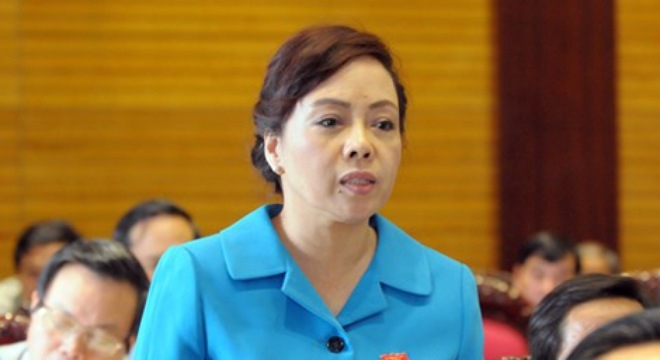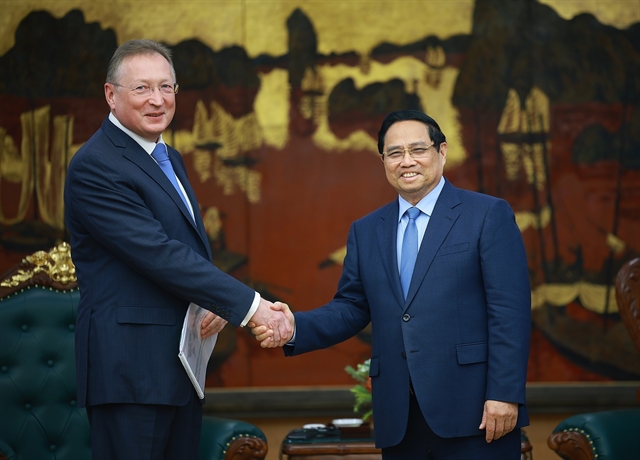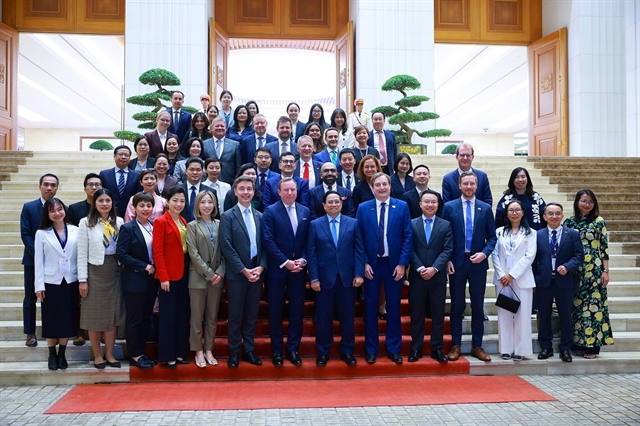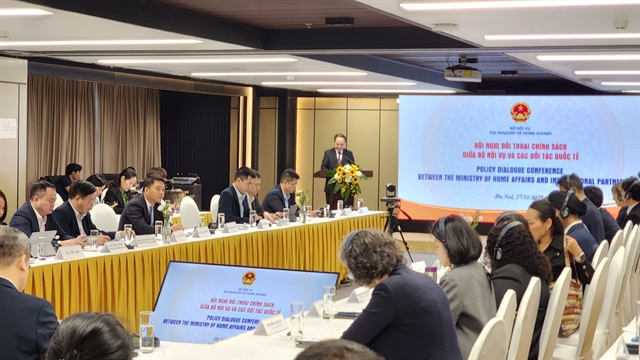 Opinion
Opinion

Minister of Health Nguyễn Thị Kim Tiến said that once the family medical practice has been fully implemented in Viet Nam, family doctor clinics will be able to launch high-quality health service packages, which will be paid in full by health insurance.
 |
Minister of Health Nguyễn Thị Kim Tiến spoke with Tuổi trẻ (Youth) newspaper about the shortcomings of implementing the family medical practice model in Viet Nam and its development plan by 2020.
Are you satisfied with the results of the implementation of family medical practice in Viet Nam after three years of operating on a trial basis?
It is difficult to say whether or not I’m satisfied with the results because the health sector is still trying to find a practical model.
The implementation process has brought with it both advantages and disadvantages. Most health experts worldwide agree with the family doctor model proposed by the Ministry of Health after they took field trips in many localities. And so do domestic health experts.
Based on that, the Ministry has built and implemented the plan of family medical practice for the period of 2016-20, which meets the demand for global integration.
Some say that private health clinics could be the key force to develop the family medical practice. Do you agree with this point of view?
It’s not totally right. The family doctor model is set up by health clinics, private family doctor clinics and family doctor clinics at public general hospitals. In HCM City and provinces in the south, many private health clinics stay open extra hours. Thus, it is easy to apply the model.
In order to turn a private health clinic into a family doctor clinic, it must meet some requirements. Firstly, doctors must be given additional training on family medicine knowledge. Secondly, the service is not only about health check-ups and treatment, but also health monitoring, nutrition and lifestyle counseling, disease prevention and primary healthcare. Thirdly, the private health clinic must be attached to the national health management system, such as being covered by the health insurance system and being able to transfer patients to central hospitals following professional requirements.
This was the plan that the ministry intended to enact. However, it has shown that it is not easy to do so.
Personally, I think that health clinics at the grassroots level are the best suited for the family doctor model, which can be applied in an easy and feasible way. There are more than 10,000 ward- and commune-level health clinics with health staff and medical equipment available for the model.
We should do things that bring benefits to people no matter how hard they are. All new things require much effort. Most health experts in the world agree that it would be more convenient to apply the model at grassroots level clinics.
Many have said that family doctor clinics at commune- and ward-level health clinics are not a breakthrough method, and they still found it to be untrustworthy. Do you have any comment on that?
In the early stage, there was a shortage of doctors who were trained on family medicine knowledge, proper policies and the dissemination of patient benefits. Thus, it is easy to understand their criticism.
Currently, the main health workers at grassroots health clinics are general doctors. In the first stage, we must count on them. They will be trained on required knowledge to do the job. Health facilities are available.
Grassroots health clinics can offer health services such as immunisations, maternal and newborn health care and disease prevention. Other tasks include health monitoring for local people and collecting samples and sending them to district hospitals.
There have been many complaints about complicated procedures for health insurance and the transferring of patients to central hospitals. What measures can be taken to simplify that?
The Ministry will work with Vietnam Social Insurance and the Ministry of Finance to chalk out decisions on paying health insurance at family doctor clinics.
In the future, the family doctor clinics will launch basic health service packages, which will be paid in full by health insurance. There will be high-quality packages, and patients will pay more for additional health services.
The family doctor model will be able to transfer patients to any hospital. However, patients should be consulted on their health conditions to cut down on time and costs.
There must be a connection between the family doctor model and central hospitals to assure the expansion of the model. What will the Ministry do to boost the connection?
It is compulsory to utilise information technology during health check-ups, the treatment process and health insurance payments. The Ministry has prepared a project to connect data at hospitals nationwide, but it has required a roadmap to connect the commune- and ward-level health clinics with district and central hospitals.
Many countries with high incomes have spent between 10 and 15 years to develop this model. We are in the very early stages, and this job cannot be done in a day. — VNS




